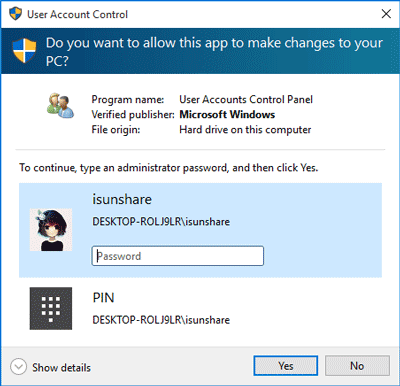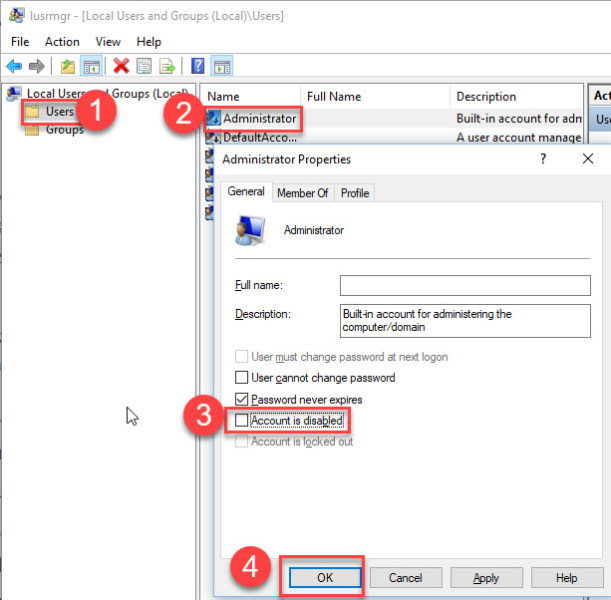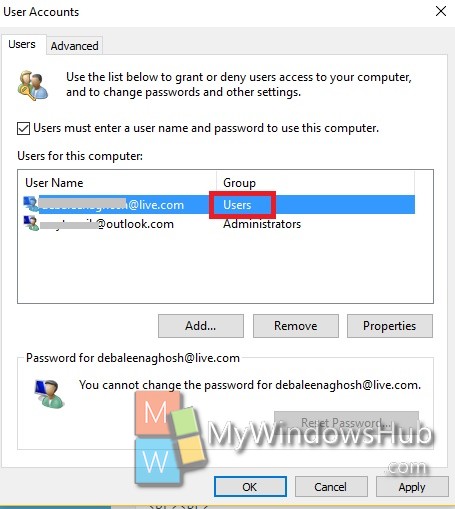


Performing a two-step process of virtualisation and encryption enhances your security when it comes to delegating user rights. Virtualise Active Directory & Use Encryption Techniques This ensures that malicious users are unable to snoop on sensitive corporate information or business-critical data assets. They do this by granting read only permissions to privileged users, preventing them from modifying files and folders and storing credentials on local server machines. RODCs, also known as Read Only Domain Controllers, can save your domain from being compromised and eliminate the risk of privilege abuse. When delegating privileges, most IT managers often end up handing out unnecessary levels of permission, ultimately compromising the security of the domain controllers. This can be done through the “Delegation of Control Wizard” in “Active Directory Users and Computers” and in Group Policy Objects using “Group Policy Management Console.” Performing these steps allows organisations to minimise the risks of privilege abuse through awarding privileges to user accounts and groups strictly on the basis of their respective job requirements and day-to-day tasks.Ī practical implementation of this method can be performed by restricting access to limited data sets in the Active Directory and practicing delegation control on memberships to privileged groups.

Implementing a least-privilege administrative model in Active Directory is crucial to ensuring a secure IT environment. When granting privileges to user accounts and groups, you need to make sure you are following industry-standard practices to reduce the risk of privilege abuse. In this article we will go through a number of ways in which you can better secure your Active Directory in this scenario.Īdministrators must grant only the necessary permissions after a thorough analysis of which users need which permissions and when. There are scenarios where it’s necessary that domain administrator rights need to be granted to your Active Directory users. If you have a lot of people with privileged access to your Active Directory you expose yourself to the possibility of an insider abusing or misusing data they shouldn’t never have been able to access in the first place. However, giving large numbers of users privileged access can be problematic – occasionally leading to privilege abuse in the form of unauthorised access of confidential data, sensitive IT systems, infrastructure and other information. In view of the rapidly increasing security risks IT enterprises are facing, securing the Active Directory from privilege misuse and abuse has become a global concern.ĭomain administrator rights are often granted to Active Directory users with to allow them to accomplish various tasks inside or outside of the network. Risk Analysis Identify areas of risk and govern access to sensitive data.Īnalyze changes, and review current and historic permissions.Instant visibility on permission changes, spot users with excessive permissions and reverse unwanted changes. Threat Response Automated actions based on alerts.Threat Detection Anomaly spotting and real time alerts.Intelligent threat detection through real time alerts, anomaly spotting and automated threat response. Learn more On-Premise & Cloud Platforms We Audit Monitor, audit and report on changes and interactions with platforms, files and folders across your on-premises and cloud environment.


 0 kommentar(er)
0 kommentar(er)
